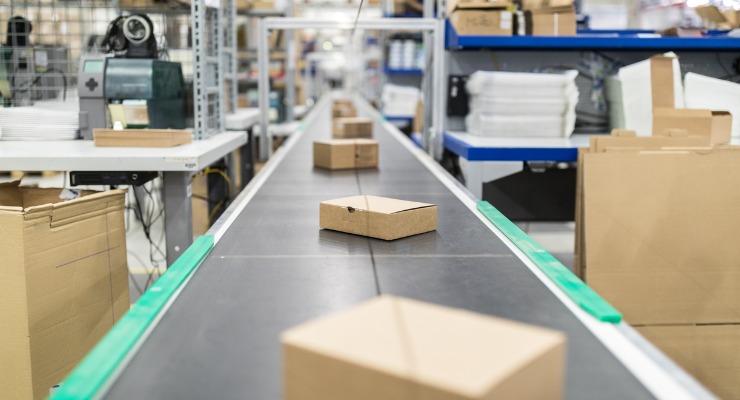
Many importers make mistakes during the sample process when dealing with Chinese manufacturers. They assume that the more detail they provide in writing, the less chance the factory will mess it up. But the opposite is often true. Here we examine the reasons to forget about sending long description documents with drawings and send a product sample instead.
#1 Language Barrier
Some workers in Chinese factories have a good command of the English language, but not all staff do. It’s easier for everyone if you can show rather than tell. Workers can misinterpret a word when English is their second language.
A product sample takes away the need for a long description because it shows what material you expect, the quality, dimensions and how the product is used. A description can’t provide the same level of information as a product sample can.
#2 Missing Specifics on a Drawing
You might think the labels and information on your drawing are as clear as they can be but it’s easy for a manufacturer to miss an important piece of information. What one person sees on a drawing may not be the same as what the next person sees and interprets.
#3 Reluctant to Read a Document and Drawing
Chinese manufacturers are busy. They rarely have the time or inclination to read a document you supply for producing a product sample. They may also lose the document between staff in the factory and and rather than request another copy, the factory supplies what they think you’re after.
The order quantity most Australians require is small by Chinese factory standards. They like large quantities and can’t justify the time to read a long document for a small order.
#4 Touch, Feel and Test
A picture tells a thousand words, but a sample can tell a manufacturer even more. When a manufacturer can touch a material and test how a product should work, they can gain more information than a picture provides. You may need to send a few samples of the different materials you need and the colour you want.
When you receive the new sample, compare it to the existing sample/s you sent and make sure you’re happy with everything before placing the full order.
#5 Best Option - Send a Product Sample with a Drawing
The best of both worlds is to send a sample and a drawing to China. Having a 2D drawing and a 3D sample, will reduce the chance of the new sample being wrong. You might need to repeat the process by making a change and requesting a new sample, but at least it will be closer to what you want than if you start without a sample.
The Importance of Samples
Some importers make mistakes during the product sample process, but worst still, some even skip it. In the rush to get the product on a ship, they place the full order without requesting a sample be manufactured and sent to Australia for approval. Without seeing a sample, an importer has little recourse. If the product can’t be rectified, it may be destined for the bin and the importer wears the cost.
Even if an importer has used the factory many times before and trust they will do a good job, it’s critical to request a sample for a new or changed product. So many things can go wrong that it’s worth spending the time (and money) making sure the next product is right.
The reasons for requesting samples before placing your full order include:
- See and feel the materials used
- Check on the quality of manufacture
- Ensure the manufacturer is up to the task
Limitations of Product Samples
While having a product sample made is imperative to the success of your final order, importers should know there are limitations. Samples are often manufactured differently to mass produced products and the materials used may be different.
Colour - A certain Pantone colour may only be available for a large volume order so the sample may need to be a different colour
Material - A factory may not custom make a material for a one-off sample but can make the material for a large order
Manual Production - Parts or all of a sample may need to be produced by hand while the final product may be machine-made so there will be some variations.
The limitations are no reason for not undertaking the product sample process. It’s still the most effective way of getting your final order manufactured the way you want.
If you are looking for a reputable manufacturer to import goods from China to Australia, call Vara Allied on (08) 6115 0118 or contact us online.